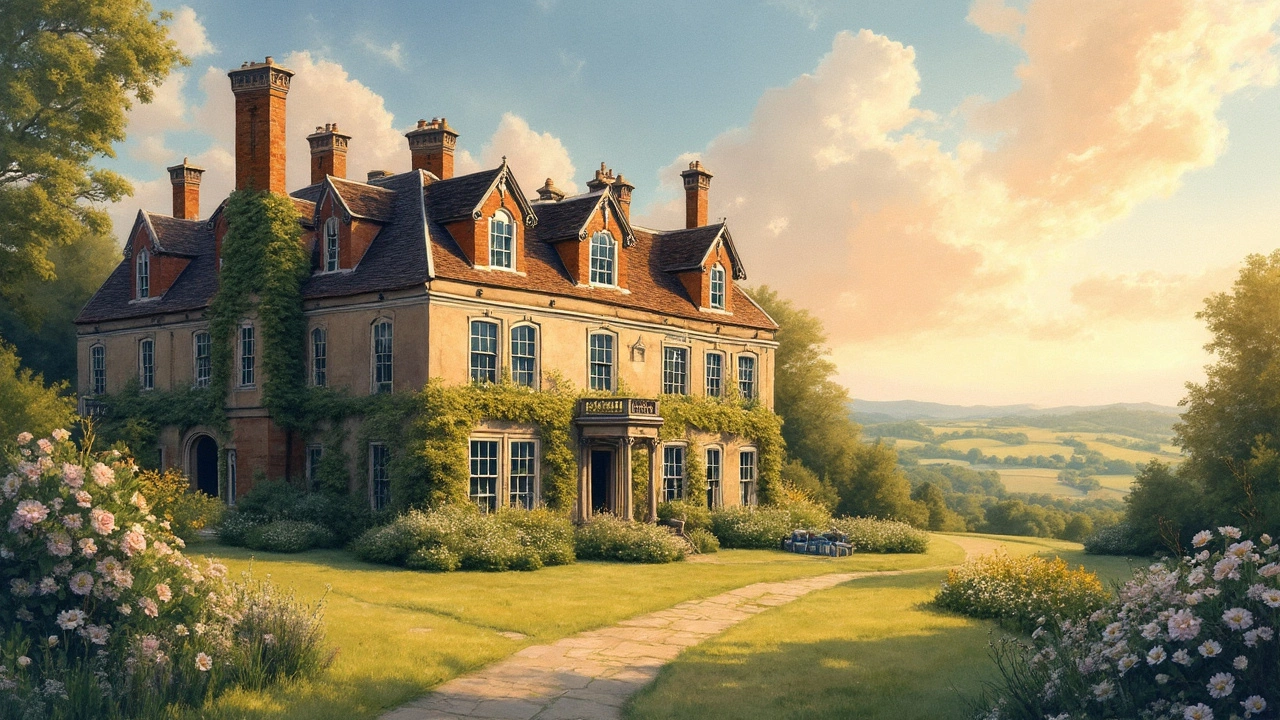Victorian era: How to spot its styles and bring them home
Victorian era buildings shout personality — from lace-like trim to bold rooflines. If you walk past an old house and wonder what makes it feel "Victorian", this page will make it clear fast. You’ll learn the main sub-styles, the details to look for, and simple ways to keep or recreate that look without overdoing it.
The term "Victorian" covers several styles built between about 1837 and 1901. That includes Gothic Revival, Queen Anne, Italianate, Second Empire, and more. Each has a few clear signs: Gothic Revival favors pointed arches and steep gables; Queen Anne loves asymmetry, towers, and decorative shingles; Italianate shows tall windows and bracketed eaves; Second Empire is known for its mansard roof. Spot one or two of these elements and you’re likely looking at a Victorian-era design.
Look closely at the trim. Victorian houses often use wood trim called "gingerbread"—delicate cutouts along porches and eaves. Window details matter too: bay windows, stained glass, and multi-pane sash windows are common. Porches are usually generous and sometimes wrap around the house. Colors were once bright and varied; modern restorations often pick three tones to highlight trim, siding, and accents.
Victorian-era styles to recognize
Queen Anne: asymmetrical form, turrets, patterned shingles, and ornate porches. Great for homes that aim to feel charming and theatrical.
Gothic Revival: steep roofs, pointed arches, and lancet windows. You’ll see this look on churches and some homes that wanted a medieval vibe.
Italianate: low-pitched roofs, tall narrow windows, and wide eaves with decorative brackets. It reads as formal and classical.
Second Empire: mansard roofs that create extra attic space and a distinct profile. Often found on grand urban houses and public buildings.
Practical tips for keeping or recreating Victorian details
If you own a Victorian house, start by preserving original woodwork and windows. Replace only when rotten; reproduction trim is cheap but can lose the home's character if used carelessly. For color, test small patches before committing—historic palettes can be bold but balanced.
Want the Victorian look without a full renovation? Add a period-style porch column, install a bay window, or use patterned shingles on a gable. Small moves create big impact. For interiors, keep high ceilings, wood moldings, and a mix of textured wallpapers or tiles in entry areas.
When restoring, check local preservation rules—some neighborhoods require specific materials or colors. If you’re remodeling, pick one dominant Victorian feature to highlight so the house reads as intentional rather than cluttered. And if you're curious about related styles, our site covers Gothic Revival, Colonial, Beaux-Arts, and more with clear guides and examples.
Victorian architecture is practical to work with if you focus on the details that matter: roofline, windows, trim, and porch. Get those right and the rest falls into place.
If you want visual examples, walk neighborhood streets or search local historic registers. Take photos of features you love and use them as a reference when planning paint, trim, or porch work, and budget accordingly.

Decoding Italianate Architecture: Unveiling Its Distinct Style
Italianate architecture is a style that emerged in the early 19th century, characterized by its picturesque aesthetic and classical details. Originating from Italy's rural villas, it spread to become a popular style in many European countries and the United States. Key features include low-pitched roofs, tall windows, and decorative brackets under wide eaves. This architectural style often incorporated local materials and building techniques, adapting to various climates and regions. By understanding the distinctive elements of Italianate architecture, one can appreciate the beauty and innovation of this timeless style.
Read more